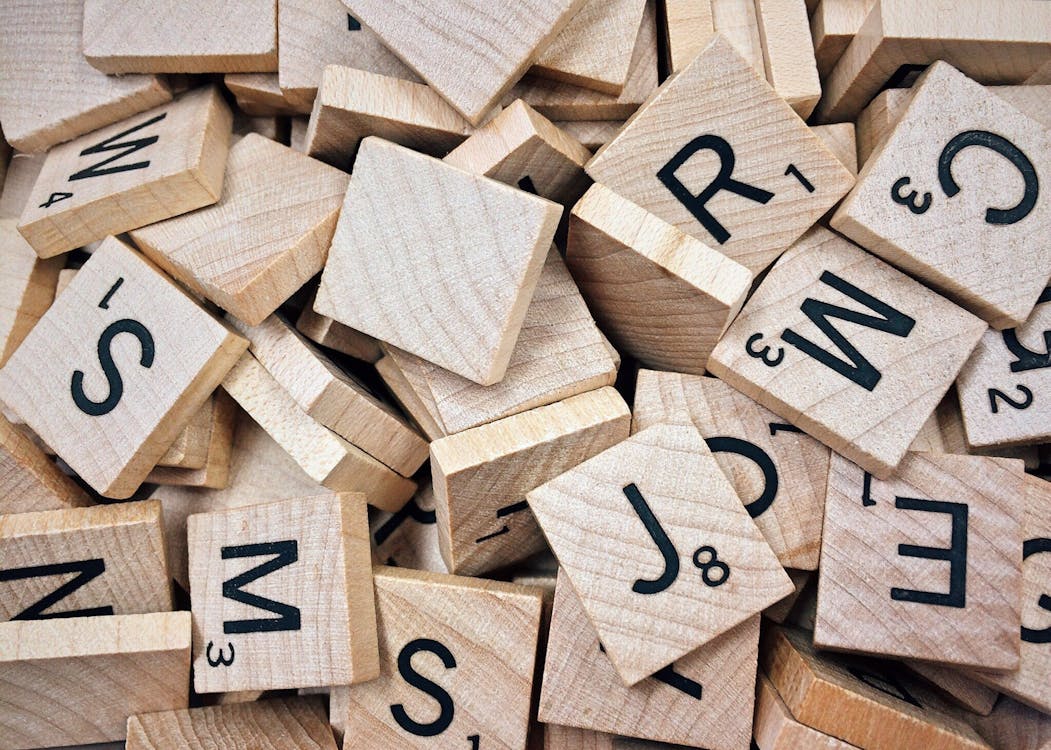The Influence of Language on Culture: A Deep Dive into Their Interconnectedness
Language and culture are deeply intertwined, each shaping and reflecting the other in profound ways. Understanding the influence of language on culture can provide valuable insights into how societies evolve, communicate, and preserve their identities. In this article, we explore the intricate relationship between language and culture, highlighting key aspects and examples of their dynamic interaction.

The Role of Language in Cultural Identity
Language is a fundamental component of cultural identity. It serves as a medium through which cultural heritage, traditions, and values are transmitted from one generation to the next. Here’s how language influences cultural identity:
1. Preservation of Traditions
Languages encapsulate the history and traditions of a community. Idioms, proverbs, and folklore are often unique to a language and carry significant cultural meanings. For instance, the Maori language of New Zealand is rich with oral traditions that preserve the history and customs of the Maori people.
2. Expression of Worldviews
Different languages offer diverse ways of perceiving and describing the world. For example, the Inuit people have multiple words for snow, reflecting their close relationship with their environment. This linguistic diversity highlights how language shapes and is shaped by cultural context.
3. Social Cohesion
Language fosters social cohesion by creating a sense of belonging among its speakers. It enables people to share common experiences and participate in cultural practices. National languages, like French in France or Japanese in Japan, play a pivotal role in unifying the populace and strengthening national identity.
Language as a Vehicle for Cultural Exchange
Language also facilitates cultural exchange and interaction, allowing different cultures to influence each other in various ways:
1. Cultural Borrowing
Through language, cultures can borrow and assimilate elements from one another. For instance, English has incorporated words from numerous languages, such as "safari" from Swahili and "karaoke" from Japanese. These borrowed terms enrich the language and reflect cultural interactions.
2. Globalization and Language
In the era of globalization, languages like English and Mandarin have become global lingua francas, enabling communication across cultures. This widespread use fosters cultural exchange and mutual understanding, though it also raises concerns about the erosion of less dominant languages.
3. Art and Literature
Language is the medium through which art and literature are created and shared. Literary works, music, and films often transcend linguistic barriers, allowing cultural expressions to reach a global audience. Translations play a crucial role in making these works accessible to diverse populations, promoting cultural appreciation.
The Impact of Language Evolution on Culture
Languages are not static; they evolve over time, influencing and being influenced by cultural changes:
1. Technological Advancements
Technology has introduced new terminologies and communication methods, impacting language and, consequently, culture. The rise of social media, for example, has popularized internet slang and emojis, altering how people express themselves and interact culturally.
2. Migration and Multiculturalism
Migration leads to the blending of languages and cultures. Multilingual societies often witness the emergence of pidgins and creoles, which reflect the fusion of different linguistic and cultural elements. This dynamic interaction enriches cultural diversity and fosters new cultural identities.
3. Language Revival Efforts
Efforts to revive endangered languages highlight the importance of language in cultural preservation. Initiatives like the revival of the Hawaiian language aim to restore cultural pride and continuity by reconnecting communities with their linguistic heritage.
Conclusion
The influence of language on culture is profound and multifaceted. Language not only preserves and expresses cultural identity but also facilitates cultural exchange and adaptation. As languages evolve, they continue to shape and be shaped by the cultures they represent. Understanding this interplay enriches our appreciation of both language and culture, highlighting the importance of preserving linguistic diversity in an increasingly globalized world.
By exploring the dynamic relationship between language and culture, we gain insights into the essence of human communication and the shared experiences that bind us together. Whether through preserving traditions, fostering social cohesion, or enabling cultural exchange, language remains a vital and ever-evolving component of our cultural landscape

 Cricket Score Counter
Cricket Score Counter Heads or Tails
Heads or Tails
You have not logged in, please Login to comment.